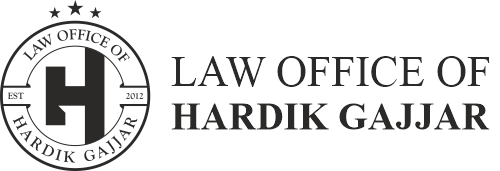- Call Us: +91-99789 02762
- Email Us: info@gajjarhardik.com
- Office: Motera,Ahmedabad,Gujarat-380005,India
Trademark Opposition
Once the registrar approves the trademark application and publishes the trademark in journal, next stage is Trademark Opposition. The published trademark can be opposed by anyone within a time span of 3 months beginning from the day of publication. It can also be extended further by one month. If somebody opposes the trademark then the opposition proceedings is started. Once the Opposition Proceeding is concluded, it is determined whether the trademark can be used or abandoned. Anyone who believes that the new trademark will create confusion and affect his brand can log for Trademark Opposition. There are no restrictions on anyone to apply for Trademark Opposition.
Our opposition service is divided into two parts – On behalf of Applicant and on behalf of Opponent.
LAW OFFICE OF HARDIK GAJJAR
LAW OFFICE OF HARDIK GAJJAR
Required Documents for Trademark Opposition
Frequently Asked Questions
A trademark (popularly known as brand name) in layman’s language is a visual symbol which may be a word signature, name, device, label, numerals or combination of colors used by one undertaking on goods or services or other articles of commerce to distinguish it from other similar goods or services originating from a different undertaking. The legal requirements to register a trademark under the Act are:
- The selected mark should be capable of being represented graphically (that is in the paper form).
- It should be capable of distinguishing the goods or services of one undertaking from those of others.
- It should be used or proposed to be used mark in relation to goods or services for the purpose of indicating or so as to indicate a connection in the course of trade between the goods or services and some person have the right to use the mark with or without identity of that person.
If it is a word it should be easy to speak, spell and remember. The best trademarks are invented words or coined words or unique geometrical designs.
Please avoid selection of a geographical name, common personal name or surname. No one can have monopoly right on it.
Avoid adopting laudatory word or words that describe the quality of goods (such as best, perfect, super etc.)
It is advisable to conduct a market survey to ascertain if same/similar mark is used in market.
Under modern business condition a trademark performs four functions
- It identifies the goods / or services and its origin.
- It guarantees its unchanged quality
- It advertises the goods/services
It creates an image for the goods/ services.
Any person, claiming to be the proprietor of a trademark used or proposed to be used by him.
- Any name (including personal or surname of the applicant or predecessor in business or the signature of the person), which is not unusual for trade to adopt as a mark.
- An invented word or any arbitrary dictionary word or words, not being directly descriptive of the character or quality of the goods/service.
- Letters or numerals or any combination thereof.
- The right to proprietorship of a trademark may be acquired by either registration under the Act or by use in relation to particular goods or service.
- Devices, including fancy devices or symbols
- Monograms
- Combination of colors or even a single color in combination with a word or device
- Shape of goods or their packaging
- Marks constituting a 3- dimensional sign.
- Sound marks when represented in conventional notation or described in words by being graphically represented.
The registration of a trademark confers upon the owner the exclusive right to the use the trademark in relation to the goods or services in respect of which the mark is registered and to indicate so by using the symbol (R), and seek the relief of infringement in appropriate courts in the country. The exclusive right is however subject to any conditions entered on the register such as limitation of area of use etc. Also, where two or more persons have registered identical or nearly similar marks due to special circumstances, such exclusive right does not operate against each other.
Stay Connected with Us !
We will notify new updates directly to your mail box..

